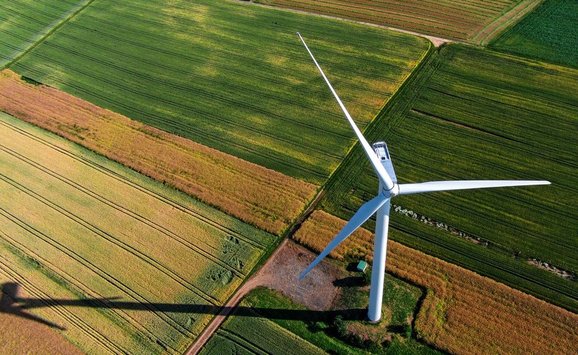America can ensure adequate supplies of clean energy only with a “sustained national commitment” begun very soon, an expert committee of the National Research Council warns in a new report.
The fastest and cheapest route to lower energy demand is through wider use of existing technologies to increase efficiency according to the report, “America’s Energy Future.” The full deployment of cost-effective technologies in buildings alone, it said, could eliminate the need for any net increase in electricity generating capacity through 2030.
The country’s present means of generating and using energy are unsustainable over the long term, the committee declared. As world population and economic growth rise competition for fossil fuels is sharpening and markets are increasingly volatile. At the same time, concerns about the effects of burning fossil fuels—notably the acceleration of climate change—are growing.
To protect the climate, the report said, it is possible by 2035 to shift the country’s entire electric generating system to carbon capture and sequestration (CCS) technology, which buries the carbon dioxide underground rather than emitting it into the atmosphere. But that would require an immediate speed-up in demonstrations of CCS technology. And the report noted that CCS would increase the cost of power in the range, it estimated, of 3 to 6 cents per kilowatt hour of electricity. In 2008 the average cost of electricity to a residential consumer was 11.4 cents per kilowatt hour.
Oil will remain indispensable for highway transportation as far ahead as the report could see—to the middle of the century. But, it noted, alternative fuels could begin making significant contributions by the 2030s.
The committee’s chair is Harold T. Shapiro, an economist and former president of Princeton University. The National Research Council published a summary of the report in July. The full text is now available.




